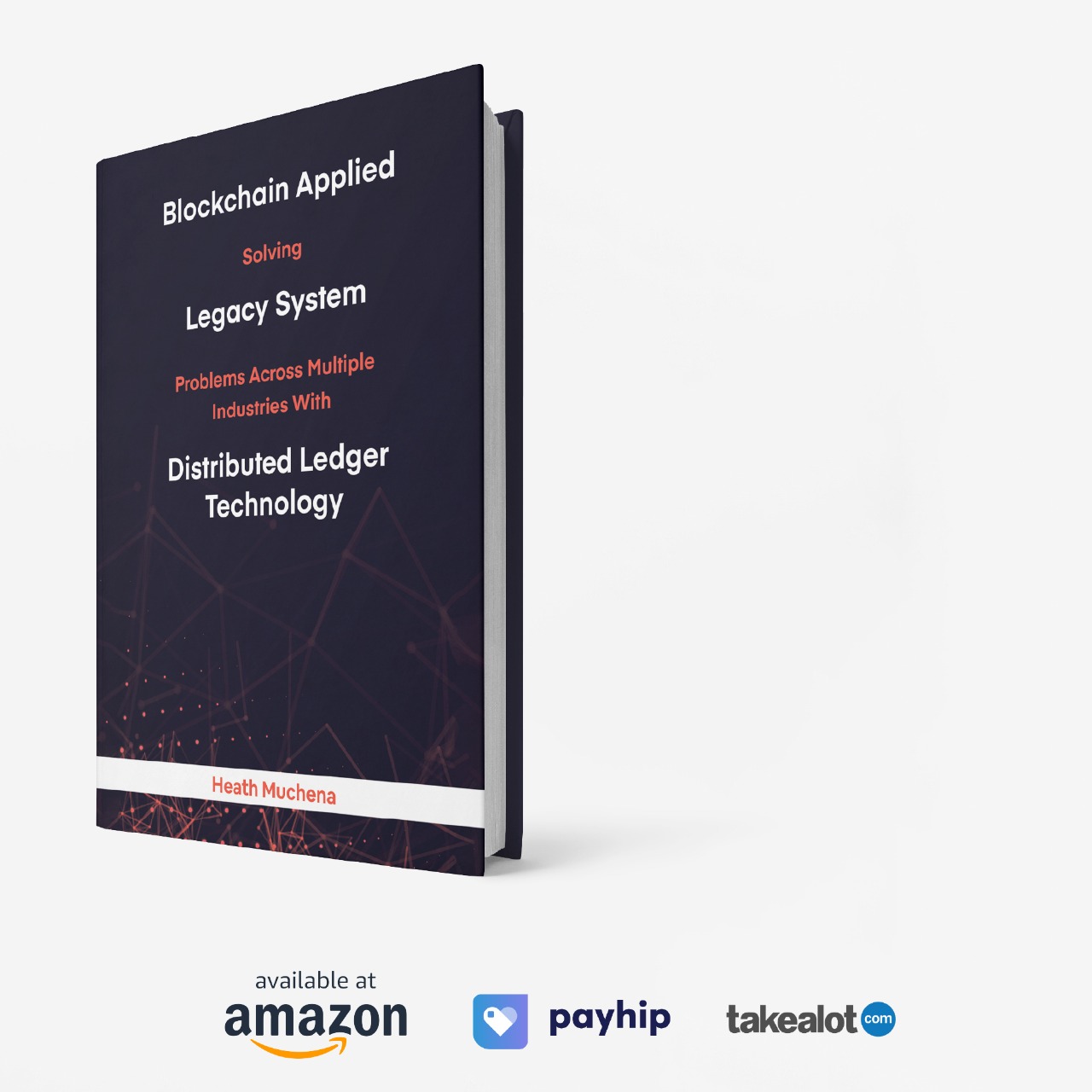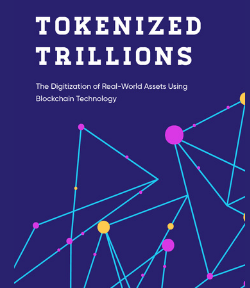
The next evolution of financial technology is here — and it’s not just about automation, it’s about autonomy. Agentic Finance (AgentFi) refers to financial systems powered by AI agents that can manage funds, execute trades, analyze markets, and even communicate directly with users. These aren’t simple bots following pre-set rules; they’re adaptive, learning systems operating within decentralized financial ecosystems.
In 2025, AgentFi is still in its early “innovator” phase — but progress is accelerating fast. Developers, traders, and investors are now asking the same key question: How smart are these agents, and how much freedom do they actually have?
To answer that, we introduce the Autonomy-Intelligence Compass, a framework that maps the diverse range of AgentFi projects by two defining traits — their intelligence and their autonomy.
Understanding the Autonomy-Intelligence Compass
The X-Axis: Intelligence
This measures how advanced an agent’s decision-making capability is.
-
On the far left are rule-based agents, using mathematical or statistical logic.
-
In the middle are machine learning (ML) agents that identify patterns and optimize decisions over time.
-
On the far right are large language model (LLM) agents, which combine reasoning, communication, and adaptive strategy — capable of acting more like human financial analysts.
The Y-Axis: Autonomy
This measures how independently an agent operates.
-
At the bottom are advisory agents that provide insights but don’t act without approval.
-
In the middle are human-in-the-loop agents, which can act semi-autonomously but require user confirmation for critical steps.
-
At the top are fully autonomous agents, executing trades and managing capital directly on-chain without human input.
Most AgentFi products today sit in the middle-right zone — relatively intelligent, semi-autonomous, and evolving quickly toward full autonomy as confidence and safeguards improve.
Mapping the Landscape of Agentic Finance
| Category | Typical Intelligence | Typical Autonomy | Primary Function |
|---|---|---|---|
| Trading & Portfolio Agents | ML / Hybrid | High | Automated asset allocation, multi-chain execution |
| Liquidity Provision Agents | Rule-based | High | Optimizing liquidity positions, minimizing impermanent loss |
| Lending Agents | Rule-based | Medium | Selecting yield strategies, managing loan exposure |
| Prediction & Betting Agents | Hybrid / LLM | Medium-High | Sports, event prediction, and info-finance strategies |
| Analysis & Research Agents | LLM | Low-Medium | Sentiment, fundamentals, and alpha discovery |
This matrix illustrates how the AgentFi ecosystem has specialized. While trading and liquidity agents dominate in terms of autonomy, analytical agents currently lead in intelligence — a balance that will likely shift as models and infrastructure evolve.

Key Players and Their Position on the Compass
1. Virtuals Protocol (Base)
Virtuals is the first full ecosystem for AI agents on-chain, enabling developers to launch and co-own intelligent, revenue-generating agents. These agents communicate, transact, and even form micro-economies, placing Virtuals near the top-right quadrant — high autonomy and high intelligence.
2. Bankr
Bankr represents the practical, consumer-facing side of AgentFi — a chat-based DeFi assistant that executes commands directly from text or social media. While Bankr’s intelligence blends rule-based logic with conversational AI, it operates with semi-autonomous control, sitting in the middle-right zone of the compass.
3. AgentFi and Similar Platforms
Broader infrastructure projects like AgentFi, SelfChain, and Autonolas are building the frameworks that let agents interact securely and transparently. These tools are essential for moving agents upward in autonomy while maintaining verifiability.
4. Solana Trading Bots
On the other end, high-speed algorithmic bots on Solana exhibit high autonomy but low intelligence — powerful executors but not true decision-makers. They occupy the upper-left quadrant, showing that autonomy alone doesn’t equate to intelligence.

Why Most Agents Remain Hybrid
Three main constraints keep most agents from being fully autonomous today:
- Model Limitations: LLMs are still prone to errors and inconsistencies in arithmetic and logic — unacceptable risks when managing real capital.
- Regulatory Uncertainty: Autonomous financial systems blur accountability. Until legal and governance frameworks mature, human oversight remains essential.
- Security and Custody Risks: Granting full access to funds requires robust safeguards, smart-contract firewalls, and on-chain auditing — features still being perfected.
Thus, developers prefer “human-in-the-loop” systems where the agent executes but users retain ultimate authority.

The 2026 AgentFi Landscape
Agentic finance has now expanded into multiple sectors:
- Trading & Portfolio Management: Platforms like Bankr and Wayfinder automate swaps, bridges, and rebalancing across chains.
- Liquidity & Yield Agents: Giza and Kamino optimize LP and stablecoin strategies autonomously.
- Prediction Markets: Projects such as Billy Bets and Polytrader combine AI forecasting with event-based wagering.
- Data & Sentiment Agents: aixbt and Deep42 use LLMs to process social, on-chain, and fundamental data for alpha detection.
Together, these represent a maturing ecosystem where AI agents are no longer science fiction — they are live, evolving financial entities managing real assets on-chain.

What’s Next: Moving Up the Compass
As the field evolves, several breakthroughs will redefine where agents sit on the map:
- Hybrid Learning Models: Reinforcement learning combined with symbolic reasoning will allow agents to learn from experience without hallucination.
- Agent-to-Agent (A2A) Markets: Agents will soon transact, negotiate, and share liquidity with one another autonomously.
- Verifiable Autonomy: New protocols will log and audit agent decisions on-chain, ensuring transparency even when no human is directly involved.
-
Cross-Chain Cognition: Agents will coordinate across Ethereum, Base, and Solana, matching execution speed with intelligence.
Within 3–5 years, we expect the first generation of self-learning, fully autonomous on-chain fund managers to emerge — blending LLM reasoning, on-chain risk control, and verifiable performance.

Conclusion
Agentic Finance is not about replacing traders; it’s about amplifying them through autonomy and intelligence. The Autonomy-Intelligence Compass provides a way to understand this landscape — where each project fits today and where it’s heading.
While most agents remain in the hybrid zone, combining AI-driven insights with human safeguards, innovation is pushing quickly toward a future where machines can think, act, and earn independently. By 2028, AgentFi could reshape finance as profoundly as the internet reshaped information — creating an economy run by autonomous, intelligent agents that operate, collaborate, and grow without ever needing permission.






